An abdominal crunch seems easy enough. You lift and you lower, engage your core and keep space between your chin and your chest. What more can there be right??? There's more, a lot more in fact and we're sharing our five cues from head to toe (really just to the low back) to deepen the crunch. The next time you're teaching your barre class, give a few if not all of these a try. If you're not yet teaching barre but would like to, check out our online barre instructor training and certification program.
1. Gaze at the thighs
It's not that we care about what you're actually looking at, it's that where you look changes the angle of your head which directly affects your neck. Your neck (cervical spine) should follow the shape of your mid back (thoracic spine) in order to place your body in its optimal working position. If your gaze is at your belly button then you're pulling on your neck and if your gaze is up at the ceiling you're reducing spinal flexion which means less abdominal contraction.
2. Lift from the ribs
In an abdominal crunch we want the effort taking place in the thoracic spine. Cuing to lift from the ribs puts the emphasis in the mid back (right where we want it) and deters from "pulling" on the head and neck which we often see.
3. Fold under the ribs
The abdominal crunch is all about spinal flexion; rounding the spine forward to contract the rectus abdominis. If we simply cue to "lift and lower" we're missing out on an opportunity to deepen the contraction. When you cue to fold under the ribs, you're once again targeting your thoracic spine and asking your class to deepen the flexion - without saying "deepen your spinal flexion" which most would not understand.
4. Pull the belly in (especially on the lift)
Most participants naturally want to muscle through movement, and when you muscle through an abdominal crunch, the belly tends to press out vs in. When the belly presses out, we lose the opportunity to engage one of our deep core stabilizing muscles, the transverse abdominal muscle (TA). To make the crunch as effective as possible we want to work deep, not just superficial layers. Therefore, on the lift we cue the exhale, letting the air out of the body, and flattening of the front abdominals - pulling the belly in/away from the shirt.
5. Release the glutes and maintain space under the low back
Piggybacking off #4, when we muscle through a crunch it's natural to want to squeeze the glutes to assist with the lift. When the glutes squeeze the pelvis tends to anteriorly tilt and the low back (lumbar spine) flexes. When we do this we're relying on our larger external muscles to help us through the exercise vs deep stabilizing muscles which make us stronger from the inside out. To help activate the TA muscle we need to keep the pelvis and low back still through movement.
Practice these cues out loud to yourself while going through the abdominal crunch exercise. Then pass on these barre certification tips to your class participants to enhance their experience.

